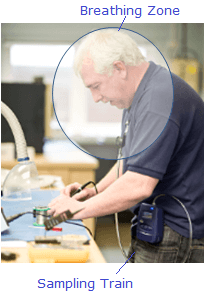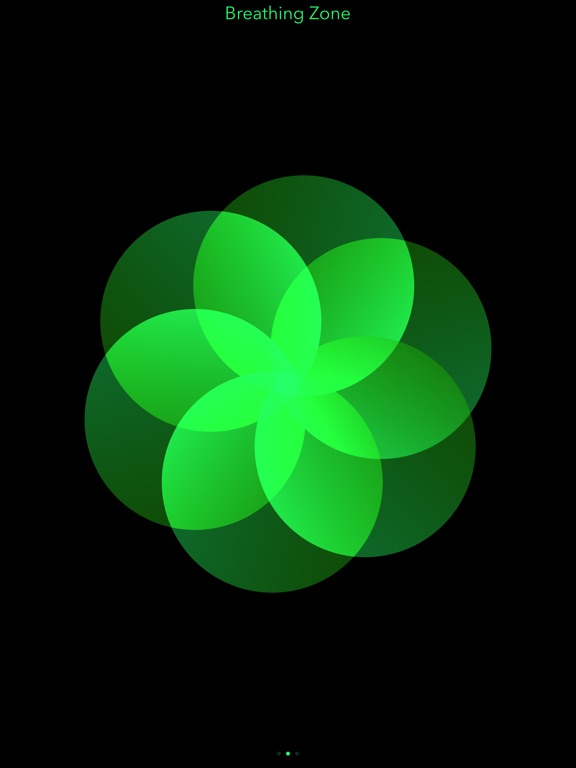
Sample is obtained in the breathing zone of a specific worker. Uses technologies that provide immediate results or short term integrated results and are used to compare airborne concentrations against ceiling or short-term standards. As a result, individual sample values may not be directly comparable to levels listed in OSHA's Permissible Exposure Limits (PEL). Integrated results may represent samples that were changed several times during the workshift and eventually combined into a cumulative time-weighted average. Integrated sampling results for an entire eight hour work shift yields an 8-hour time weighted average sample which can be compared directly to an 8-hour TWA standard. Note: samplers may be changed several times during a work shift which require additional statistical averaging.

Uses technologies that provide integrated sampling over time. However, these standards must not be taken to represent an absolute boundary between the positively safe and the positively unsafe. Many PELs were derived from national consensus standards and recognized Federal Standards. The Department of Labor OSHA's chemical standards are called Permissible Exposure Limits (PEL) and are enforceable under law. Established standards based on science, technology, and economics allow for the evaluation of worker exposure against an established and acceptable benchmark. Exposure assessment data can be compared to established standards to help determine if the exposure is acceptable.Īn understanding of the relationship between the amount of a chemical present in the workplace and the biological response to that chemical is necessary to establish acceptable exposure levels. As a result, these values may not be directly comparable to levels listed in OSHA's Permissible Exposure Limits (PEL).įor comparison against many occupational health standards, it is necessary to measure quantitative exposure levels in the workplace.ĭepending on circumstances, there are various sampling technologies, procedures, and philosophies to measure airborne chemical concentrations to workers. Please note that these results represent individual samplers that may be changed several times during the work shift. Bulk samples are used individually or in conjunction with personal or area samples to help interpret the level of worker risk. Bulk samples were taken to verify if certain constituents are present and if so, in what concentration. Area samples are taken in a fixed location and results may represent the potential risk from airborne contaminants or physical agents to workers in that area. Personal sampling results represent the exposure to the individual who was actually wearing a sampling device. OSHA updates the data on this web page semi-annually in January and July. After litigation has concluded, the sampling data from the related inspection will be added at the next scheduled update. OSHA does not publicly disclose information from the following types of cases: open inspections and citations currently under contest or under appeal to the Occupational Safety and Health Review Commission or the U.S. All inspection sampling results will be included here once the case is closed. They include data on personal, area, and bulk samples for various airborne contaminants. The sampling results included on this web page represent the records of the SLTC sampling information system from 1984 forward. Many of these samples are submitted to the Salt Lake Technical Center (SLTC) for analysis.

OSHA compliance officers often take industrial hygiene samples when monitoring worker exposures to chemical hazards.


 0 kommentar(er)
0 kommentar(er)
